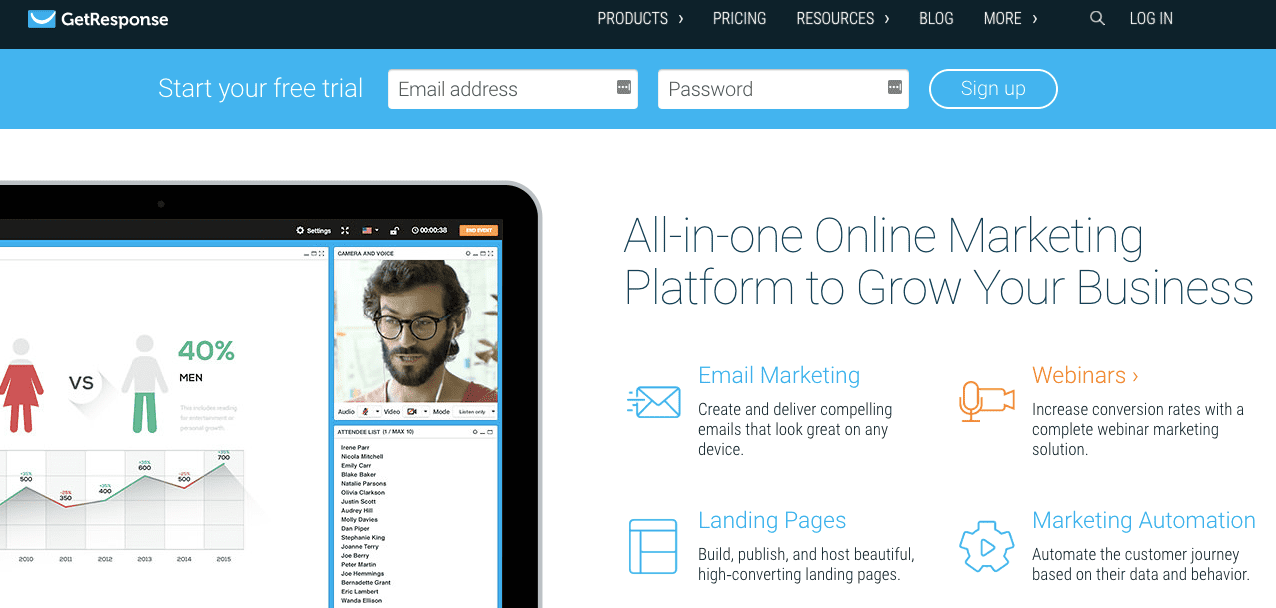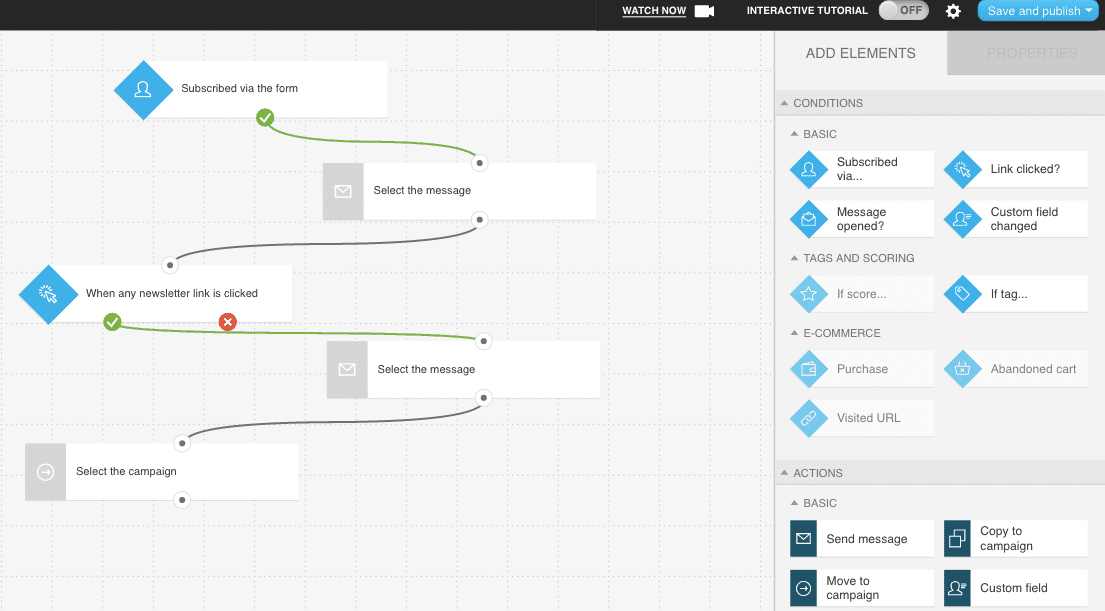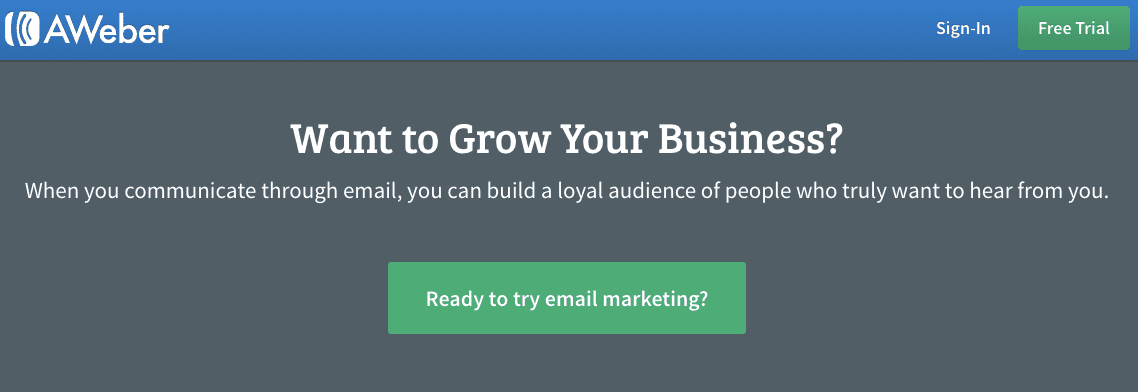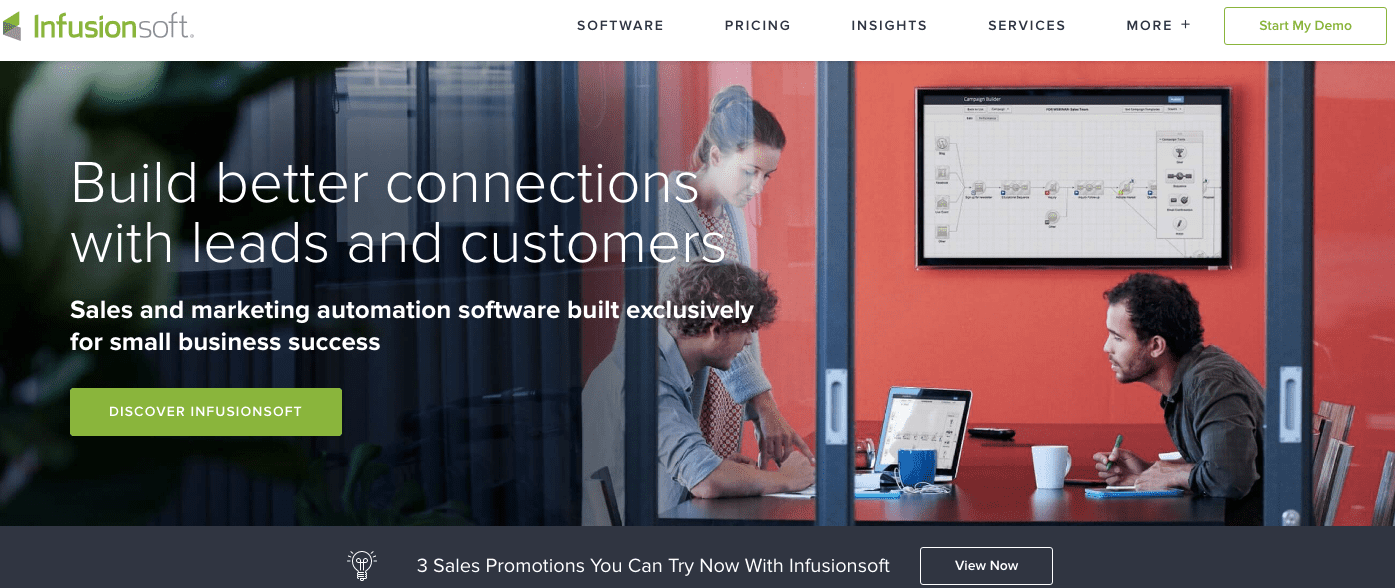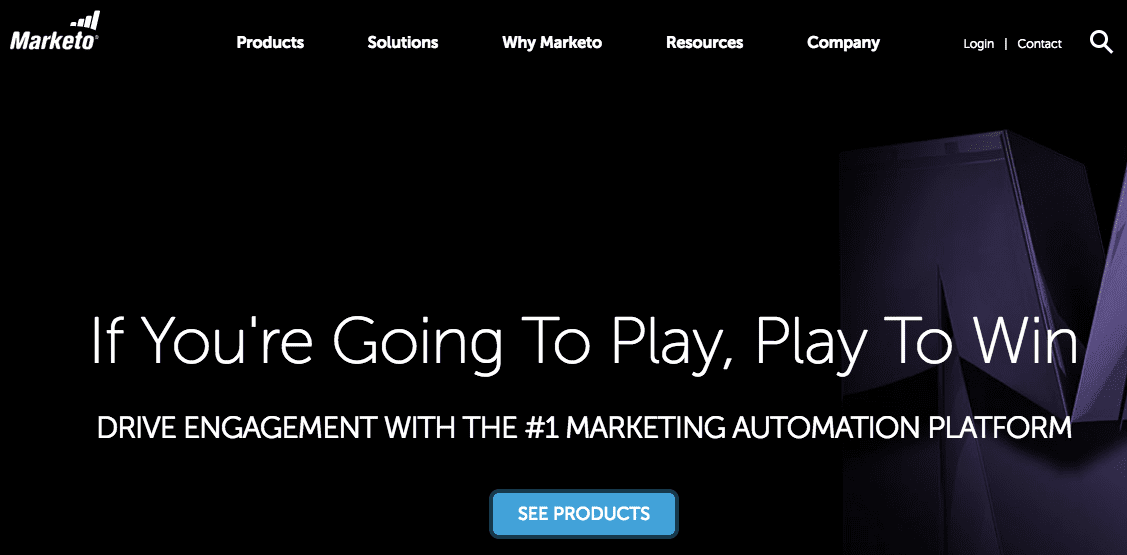Here are the top 5 tools you can use to automate your marketing1. GetResponseOverview2. AweberOverview3. MailChimpOverview4. InfusionSoftOverview5. MarketoOverviewWhat’s next?
Well, I don’t blame you. Considering how a person can earn thousands of dollars from having an epic website, anyone would be a little touched in the head not to pursue creating and growing their own blog. Inasmuch as I’d like to tell you, however, that creating a money making blog is as effortless as riding a bicycle downhill, I’m afraid that just isn’t the case. It takes blood, sweat, tears, and a lot of sleepless nights (among other things) to do just that. Gone are the days when publishing quality content alone would suffice to get your blog the popularity it needs to achieve “rockstar” status. In this day and age of the internet marketing craze, you need epic marketing skills. You need a solid marketing strategy to get your blog the traffic and engagement it needs that will take it to greater heights. Because marketing a blog is often complicated and tedious, allow me to share with you the top 5 tools that you can use to automate your marketing workflow. Let’s hop right in.
1. GetResponse
Overview
Pricing: Free, no risk, 30-day trial Email: $15 per month (with a list size of 1,000) Pro: $49 per month (with a list size of 5,000) Max: $165 per month (with a list size of 10,000) Enterprise: $799 per month (with a list size of 100,000+) Visual Workflows editor: Yes Content Personalization: Yes Shopping carts Integration: Yes Segmentation and Tagging: Yes Sales teams notifications: No Minimum time commitment: Monthly
Clear interface, highly intuitive, and a powerful set of automation features; these are some of the many characteristics of GetResponse that you are bound to appreciate once you start using the platform. With GetResponse’s drag-and-drop workflow builder, you can simplify even the most complex campaigns. Here’s a screenshot of their workflow builder.
You can create hundreds of customized sequence for your marketing campaigns by simply picking an element on the right side of the page, then dragging them into the canvas-like space where you’re building your workflow. That being said, whether you’re looking to nurture leads, encourage your audience to complete their purchases, or if you want your customers to order from you again (among other things); you’ll be able to create a marketing workflow in a matter of seconds through GetResponse. The two other features that most marketers and business owners love about GR is its landing page and webinar functionality. Some of their competitors don’t offer these features despite how powerful they are in generating leads and sales.
2. Aweber
Overview
Pricing: $19 per month (0 – 500 subscribers) $29 per month (501 – 2,500 subscribers) $49 per month (2,501 – 5,000 subscribers) $69 per month (5,001 – 10,000 subscribers) $149 per month (10,001 – 25,000 subscribers) Get a quote (25,001+ subscribers) Visual Workflows editor: No Content Personalization: No Shopping carts Integration: No Segmentation and Tagging: Yes Sales teams notifications: No Minimum time commitment: Monthly
While Aweber certainly has features that are worth mentioning, most marketers complain about how the platform has no visual workflows and how limited the user’s’ options are when it comes to adding conditions to their workflows. Another thing that’s a major let down for Aweber is it’s poor data importing capabilities. The platform, however, has an excellent autoresponder feature and a plethora of integration options. Its reporting capabilities are also slightly better than some of its competitors.
3. MailChimp
Overview
Pricing: New Business: Free Growing Business: Starting at $10 per month Pro Marketer: Additional $199 per month Visual Workflows editor: No Content Personalization: No Shopping carts Integration: Yes Segmentation and Tagging: Yes Sales teams notifications: No Minimum time commitment: Monthly
Most marketers find MailChimp’s pricing plans to be quite affordable. For example, MailChimp only charges $10 for every 500 subscribers, while Aweber charges almost triple the amount ($29). The platform also has a modern and a minimalistic interface to it that keeps its users from feeling overwhelmed. It’s also worth mentioning that MC’s free plan is unlimited — it doesn’t end in 30 days. The downside of the free plan, however, is it doesn’t allow you to use the autoresponder functionality. This is a big turn off for most marketers and business owners because autoresponders play a key role when it comes to onboarding leads, and converting them into paying customers.
4. InfusionSoft
Overview
Pricing: Essentials: $199 per month Deluxe (Sales Automation): $299 per month Deluxe (E-commerce): $299 per month Complete: $379 per month Team: $599 per month Visual Workflows editor: Yes Content Personalization: Yes Shopping carts Integration: No Segmentation and Tagging: Yes Sales teams notifications: No Minimum time commitment: Annual
If you are fairly new at using marketing automation tools, you might find it quite challenging to use the platform. For example, some users found that creating new campaigns can be quite tricky and time-consuming. The good news is, InfusionSoft’s duplicate feature somewhat addresses this concern since their users won’t have to start from scratch. IS has boatloads of features that you’d be able to appreciate especially if you’re into E-commerce. They have a flexible workflow builder, an amazing landing page builder, and their lead management tools are also quite remarkable. The way InfusionSoft is right now, it’d be a better solution for E-commerce, than it is for marketing automation. An apparent downside of InfusionSoft is its high pricing point and their long term commitment. Their reporting is also quite basic and they don’t have that many email templates that their users can choose from.
5. Marketo
Overview
Pricing: No figures added. You need to contact their sales team. Visual Workflows editor: No Content Personalization: No Shopping carts Integration: No Segmentation and Tagging: Yes Sales teams notifications: No Minimum time commitment: Annual (but needs confirmation)
Marketo is very easy to use, flexible, and has a wide array of functionalities that would be a good fit for SMBs. Another element that you’d like about Marketo is how engaging and supportive their community is. Their thriving community has boatloads of people who love to share troubleshooting tips and their best practices for using the platform. Marketo also integrates seamlessly with Salesforce and countless other software programs that you can add-on or integrate allowing, you to accomplish a lot more with the platform. A frustration that several users face when using the platform, however, is its speed. This is especially true when you’re shifting from one campaign to another or you’re pulling up lists. Marketo’s steep jump in their pricing is also something to be wary of.
What’s next?
Out of the five marketing automation tools that I mentioned, which do you like the most? Also, please tell us why you chose that specific automation tool and what you think sets it apart from its competitors. You can share your ideas in the comments section below. Cheers!
